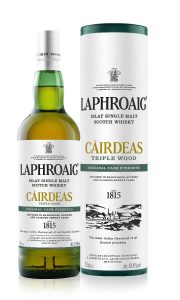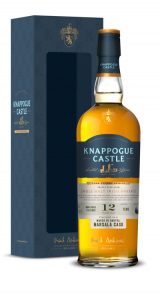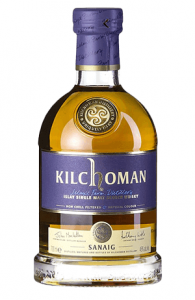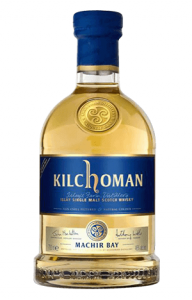Four Roses Super Premium
Four Roses Super Premium
43% ABV
$50 (bottled for the Japanese market)
Website

What the Bottle Says
(No mention of this product on Four Roses website, and this is one of the worst labels I’ve seen on a bottle. The gold print is very difficult to read.)
Four Roses Super Premium
Kentucky Straight Bourbon Whiskey
Four Roses Bourbon was born and crafted in the traditions of old Kentucky. From producing a unique sour mash to ageing the Bourbon in hand made, charred oak barrels, the same traditions prevail to produce Four Roses Super Premium, a Bourbon of rare smoothness, richness and strength.
The Four Roses distillery is a Kentucky landmark and the home of one of the world’s premier Bourbons. Age old craftsmanship and the rugged Kentucky climate work a special magic to create this smooth, mellow Bourbon.
What Gary Says
Nose: Freshly baked vanilla cupcakes with vanilla buttercream frosting, subtle baking spices, buttered popcorn, a hint of oak.
Palate: Sweet vanilla ice cream with caramel sauce, a hint of corn sweetness.
Finish: Short, sweet and slightly drying with notes of vanilla.
Comments: They’re right about ‘smooth’. Its been a bit since I’ve had Four Roses Bourbon (sometimes referred to as “Yellow Label”, but it no longer has a ‘Yellow Label’ and during a tour they made it clear no one should refer to it that way), but this reminds me more of that than any other Four Roses product. From what I recall, that had more spice than this, and more of those floral notes I associate with Four Roses. I’m not sure I would have picked this out of a blind lineup as being a Four Roses bourbon. While nothing offputting, it is a little too smooth and bland for my taste. I definitely wouldn’t go out of my way to seek it out, being a Japanese offering.





